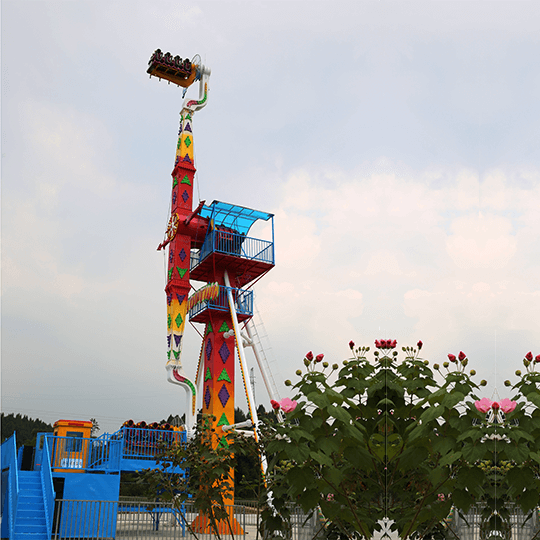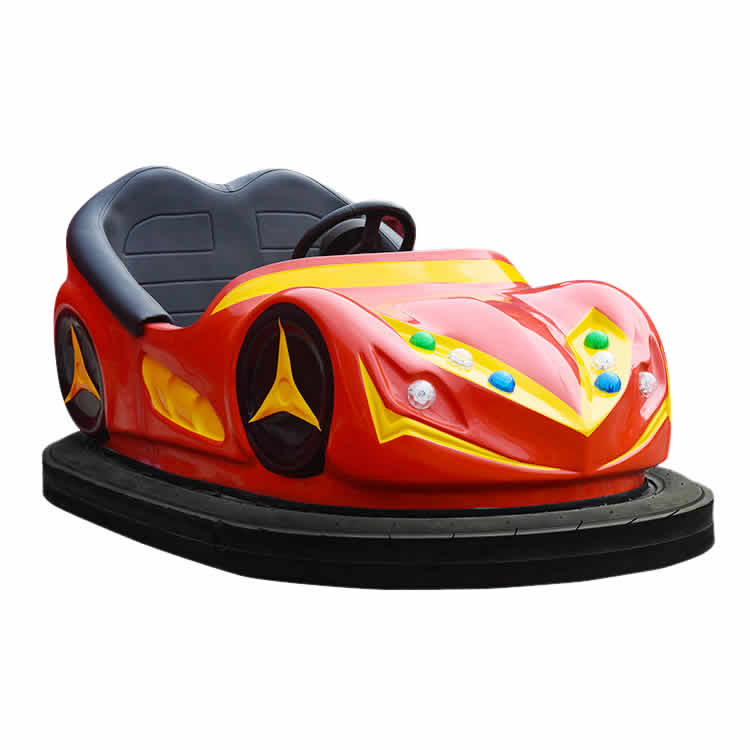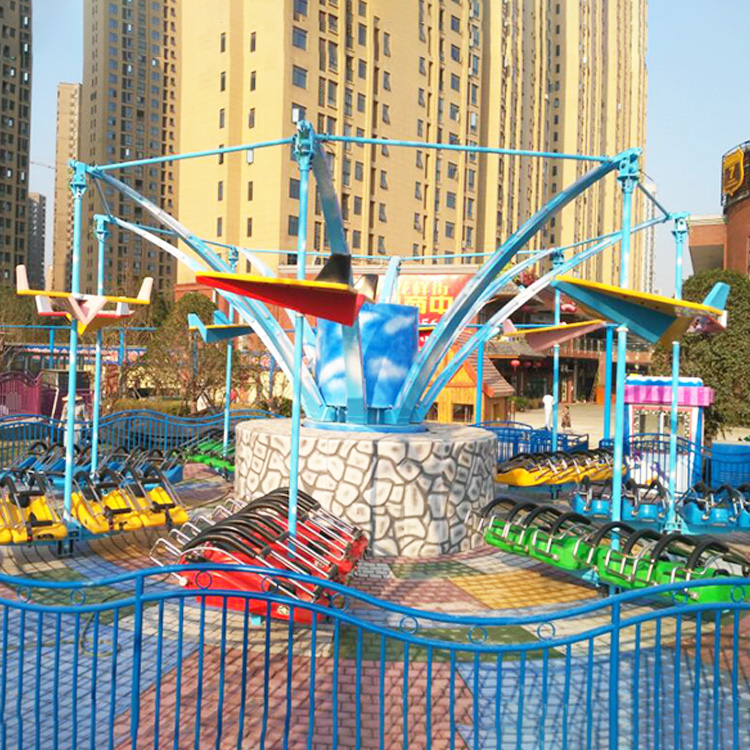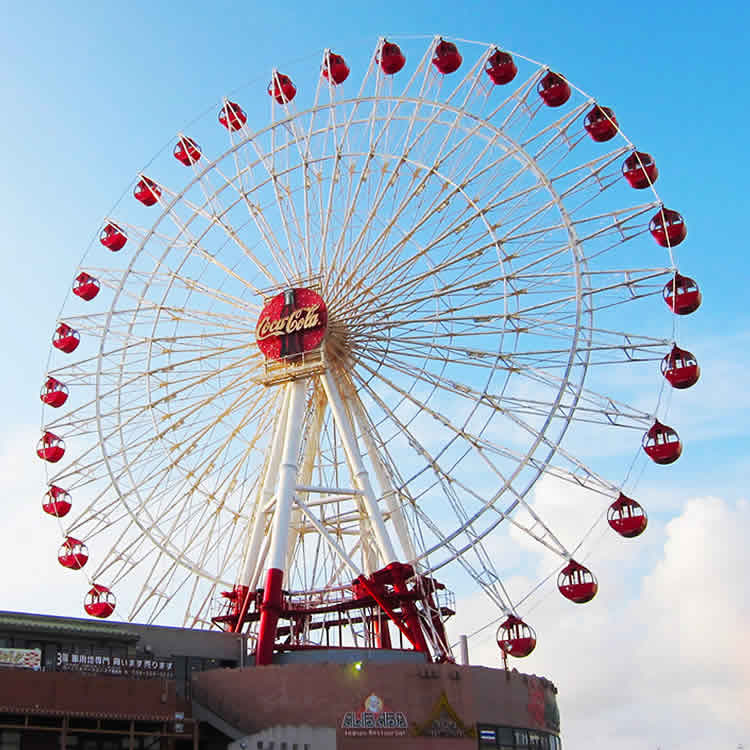High Quality Products & Services for Your Business
How to Build a Fun and Successful Theme Park
Creating a theme park is a monumental task that requires vision, creativity, and meticulous planning. A well-designed theme park not only provides entertainment but also creates lasting memories for visitors of all ages. To build a fun and successful theme park, several key factors must be considered, from conceptualization and design to operations and guest experience. Here’s a guide on how to bring your theme park vision to life.

1. Develop a Unique and Engaging Theme
The foundation of a great theme park lies in its theme. A unique and engaging theme sets the tone for the entire park and differentiates it from competitors. Whether it’s a fantasy world, a futuristic city, a historical adventure, or a nature-inspired landscape, the theme should be captivating and resonate with your target audience. The theme should be consistently reflected in the park’s attractions, architecture, landscaping, and even in the food and merchandise offerings.
2. Plan for Diverse and Exciting Attractions
The heart of any theme park is its attractions. To create a fun and memorable experience, offer a diverse range of rides and entertainment options that cater to different age groups and thrill levels. Include a mix of thrill rides, family-friendly attractions, and interactive experiences. Roller coasters, water rides, dark rides, live shows, and themed play areas can all contribute to a well-rounded attraction lineup. It’s also important to regularly update and introduce new attractions to keep the park fresh and exciting.
3. Prioritize Safety and Accessibility
Safety is paramount in theme park design and operation. Ensuring that all rides and attractions meet or exceed safety standards is essential for protecting guests and maintaining the park’s reputation. Regular inspections, staff training, and emergency protocols should be in place to handle any situation. Additionally, the park should be accessible to all guests, including those with disabilities. This includes providing ramps, accessible restrooms, and special accommodations for visitors with mobility challenges.
4. Create an Immersive Guest Experience
A successful theme park goes beyond rides; it offers an immersive experience that transports guests to another world. Pay attention to the details, such as themed music, ambient sounds, and immersive storytelling elements. The park’s layout should encourage exploration, with pathways that lead visitors through different themed areas seamlessly. Interaction with characters, live performances, and themed dining options all contribute to the overall atmosphere and guest satisfaction.
5. Focus on Guest Comfort and Convenience
Guest comfort is crucial to ensuring a positive experience. This includes providing ample seating, shaded areas, and easy access to restrooms and refreshments. Efficient crowd management, clear signage, and user-friendly maps help visitors navigate the park with ease. Offering mobile apps for ride wait times, park information, and mobile food ordering can also enhance guest convenience. Additionally, consider offering VIP experiences, fast passes, and other services that cater to guests looking for a premium experience.

6. Implement Effective Marketing and Promotion
A strong marketing strategy is essential for attracting visitors and generating buzz about your theme park. Utilize a mix of traditional and digital marketing channels to reach your target audience. Social media, influencer partnerships, and online promotions can help build excitement before the park’s opening. Once the park is operational, seasonal events, special promotions, and loyalty programs can keep guests coming back. Remember to highlight what makes your park unique and emphasize the fun and adventure that await visitors.
7. Manage Operations Efficiently
Efficient park operations are key to ensuring a smooth and enjoyable experience for guests. This includes managing ride operations, queue times, food and beverage services, and merchandise sales. Invest in technology to streamline operations, such as automated ticketing systems, digital ride reservations, and data analytics for crowd management. Staff training is also crucial for maintaining high standards of service and safety. Well-trained, friendly staff can enhance the guest experience and leave a positive impression.
8. Plan for Long-Term Sustainability and Growth
Building a theme park is a long-term investment, so planning for sustainability and growth is essential. Consider the environmental impact of the park and implement eco-friendly practices such as waste reduction, water conservation, and energy-efficient systems. It’s also important to have a plan for future expansion, whether it’s adding new attractions, themed areas, or accommodations. Regularly gathering guest feedback and analyzing industry trends will help guide the park’s development and ensure its long-term success.
Conclusion
Building a fun and successful theme park requires a combination of creativity, strategic planning, and attention to detail. By focusing on a compelling theme, diverse attractions, guest experience, safety, and efficient operations, you can create a destination that delights visitors and stands the test of time. With careful planning and a commitment to excellence, your theme park can become a place where guests return year after year, creating cherished memories and enjoying endless adventures.
Related recommendations
-
The Advantages of Electric Bumper Cars
405Electric bumper cars have long been a staple of amusement parks, fairs, and family entertainment centers. Known for their exciting and interactive nature, these rides offer both fun and safety for riders of all ages. With advancements in technolo...
View details -
Which rides are popular at the carnival?
272There are a variety of popular rides at carnivals that often appeal to visitors of all ages and provide excitement, fun and interactive experiences. Here are some rides that are generally popular at carnivals: Carousel (or pirate ship):This t...
View details -
What types of carnival rides are popular among children now?
606Carnivals are vibrant, exciting events that offer a wide variety of attractions and activities for visitors of all ages. One of the main draws of any carnival is its array of thrilling rides. These rides provide entertainment, excitement, and a s...
View details -
Maintenance and Maintenance Requirements for Ferris Wheels
289Ferris wheels are iconic structures that provide breathtaking views from great heights. They are popular attractions at amusement parks, fairs, and tourist destinations. However, due to the complexity of their design and the safety risks involved...
View details
 chinaparkrides
chinaparkrides






Leave a Reply